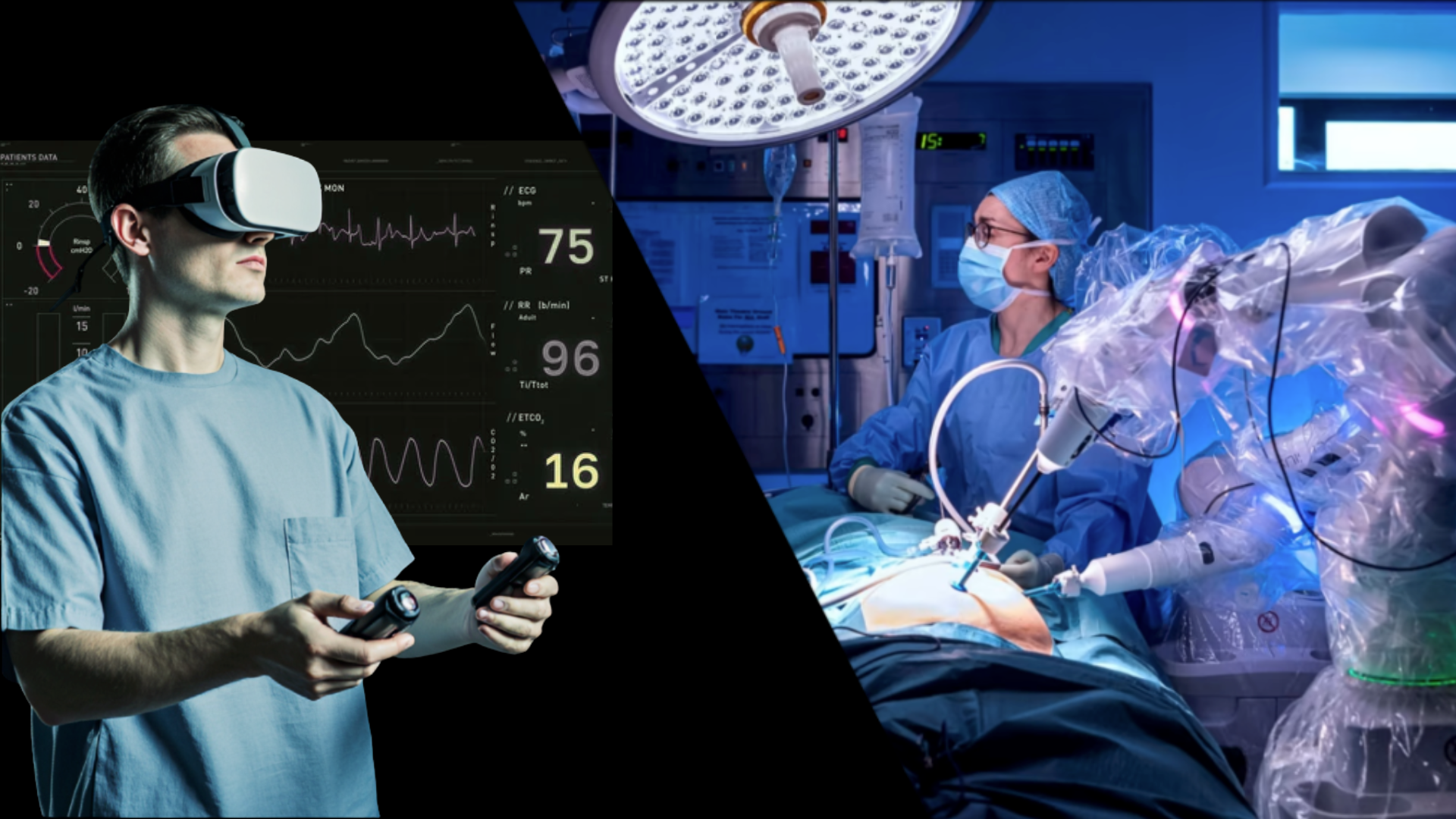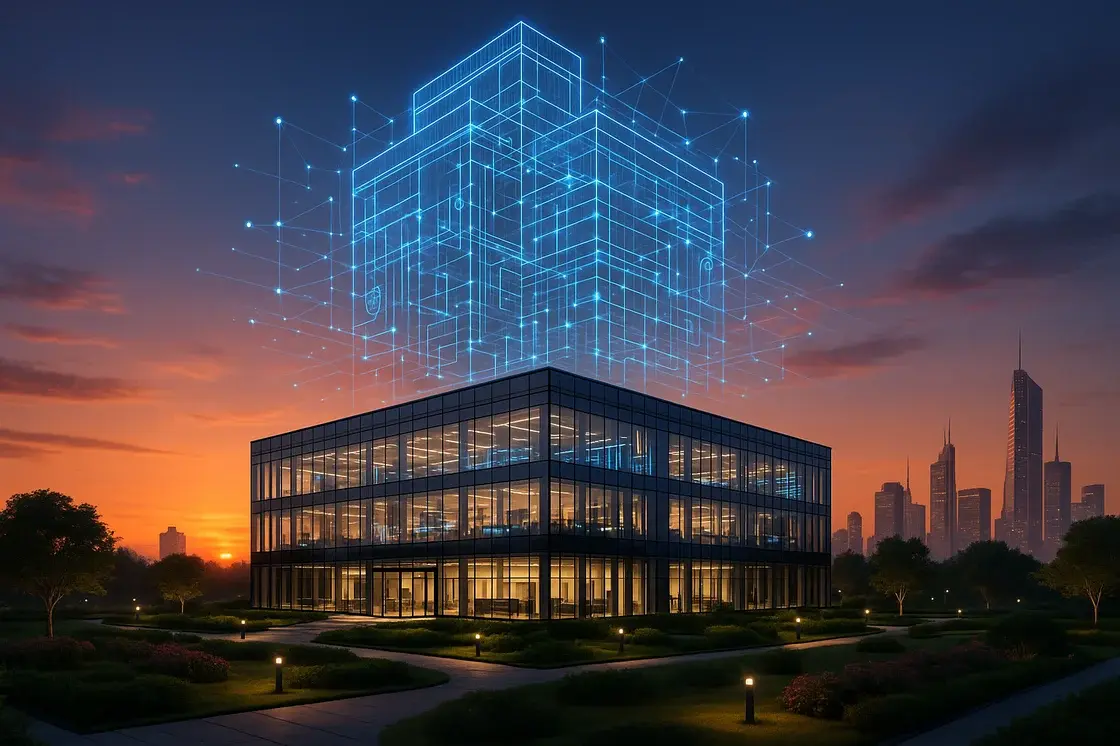Wi-Fi 7 was built with “tactile latency” in mind — responses under a millisecond that make remote surgery or real-time AR interactions possible. The leap isn’t only about faster downloads. It’s about turning buildings into living interfaces for digital experiences.
From Wi-Fi 6 to Wi-Fi 7
Wi-Fi 6 improved efficiency in dense environments. Wi-Fi 7 scales that further: up to 46 Gbps (about 4x faster), near-instant latency, and the ability to support hundreds of devices at once. With Multi-Link Operation, it merges 2.4, 5, and 6 GHz bands like parallel highways, letting data flow seamlessly.
More Wireless, More Wires
Even though Wi-Fi is known as a “wireless” technology, Wi-Fi 7 actually demands more wiring. Each access point requires high-speed backhaul (Cat6A, Cat7, or fiber), and more APs are needed per floor to maintain dense coverage. That means more cabling overall, plus higher-power PoE or direct feeds — putting pressure on electrical and low-voltage systems.
Power and Heat Loads
Next-gen switches and controllers consume more power and produce more heat. Instead of necessarily expanding telecom rooms, these spaces need to be designed to match the new demand — with stronger cooling, redundancy, and clear cable pathways.
Real-World Impact
The technical gains translate into real changes in how spaces perform:
-
Remote surgery: with sub-1ms latency, a surgeon in New York could operate a robot in Los Angeles in real time, without the delays that still limit remote procedures.
-
Immersive classrooms: AR headsets let students dive into complex 3D models — from human anatomy to urban planning — with seamless performance in crowded classrooms.
-
Building automation: HVAC, lighting, and security systems could instantly react to occupancy and environmental data, optimizing energy use and comfort with zero lag.
A New Design Layer
For architects, engineers, and builders, Wi-Fi 7 isn’t just another upgrade. It’s a new design layer — invisible, but essential. It reshapes cabling, power, and cooling needs while enabling experiences that once felt like science fiction.
The next generation of buildings won’t just be more connected. They’ll be more responsive, intelligent, and ready for real-time digital life — with Wi-Fi 7 as the backbone that makes it possible.




